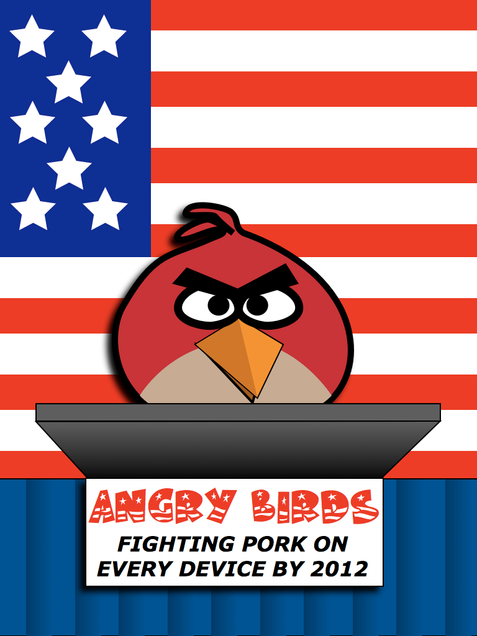Corey Kane
Why Vote?
By Corey Kane
Fall 2012
There’s no good reason to vote. Logically the odds of one vote making a difference are miniscule. And the differences between the two candidates in our two-party system are not as dramatic as the rhetoric would lead you to believe. Weigh this against the hassle of registering to vote, then standing in line on Election Day—or even worse the hassle of ordering and mailing an absentee ballot. As Barack Obama might say: “It’s math.”
Let’s do the math. If we think there are differences between Candidate A (our guy) and Candidate B (the evil opponent), we must also think about the odds of our vote making the difference. So even, if these candidates have a vast gulf of differences, (and let’s be honest, they do not—did you watch the third debate?) we have to divide that difference by the odds of our vote making a difference. In 2008, 133 million votes were cast. If we believed there were millions of degrees of difference between Barack Obama and Mitt Romney, your vote makes a fractional difference.
Weigh this fractional positive against the real costs of registering to vote, researching the candidates and issues, and then waiting in line on Election Day. This is valuable time that could be used to improve your Angry Birds game or catching up on Judge Judy episodes.
But, if fewer and fewer people vote, elections will fail to accurately represent the will of the people. Consider earlier this year in Ohio, during a still-competitive Republican primary, only 14 percent turned out. Let’s assume with no Democratic primary that we should only expect 50 percent to care about the Republican primary in the perennial swing state. So 28 percent of Republicans turned out, and 38 percent chose the state’s winner and eventual nominee Mitt Romney. Put another way, less than 11 percent of the state’s Republican and conservative voters decided the nominee.
In 2008, with one of the highest recent turnouts ever, 62 percent of the country voted, with 53 percent voting for the winner. This means only 33 percent of eligible adults in the country supported the winner. Is it any wonder that campaigns play to their partisan bases when they only need one-third of the adult population behind them? And with voter turnout lowest in the 18-34 age group, it should be little wonder that politicians focus so little on this group’s needs.
So we can add a fourth variable to the equation: D, standing for civic duty, which should make voting a positive.

